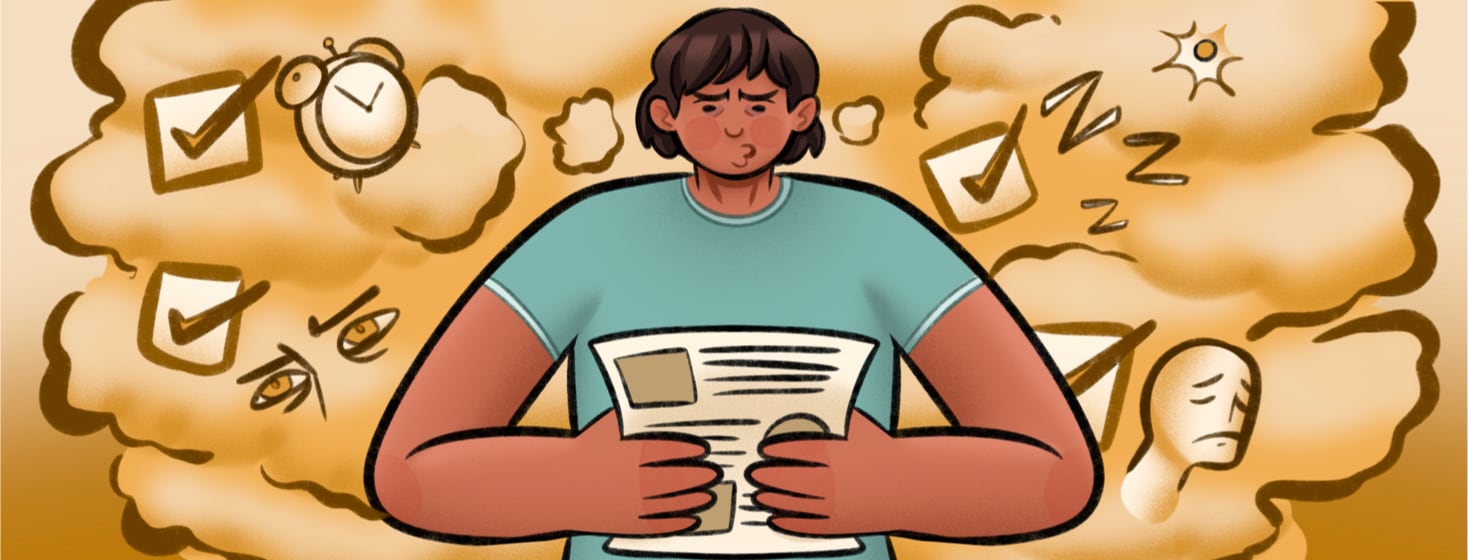Counting Sheep to Go to Sleep
If you have chronic hives you know the feeling when you first are trying to balance treatments from biologics, antihistamines and other medications. You read up on everything that you can possibly get your hands on and see where the similarities lie. One of the most frustrating parts of hives is what I like to refer to as the ‘night time rage’.
This is where your histamine levels are elevated and hives start appearing even more rapidly on your skin than the rest of your day. You start to itch, and scratch and scratch. You scratch to the point where you are up half the night and you’re finding the closest door frame to scratch your back like a bear on a tree. As fun as that sounds, it can’t be the solution.
Losing sleep with chronic hives
As someone who has lost hours upon hours of sleep, I decided to really nail down what could prevent not just manage. What I have found to combat the nighttime rage of hives is to make sure I have timed my medicines to help flare ups before they start. I make sure to stay hydrated, drinking water to keep inflammation down. I make sure that I take my medicine with enough time to cover any itching before it starts.
Additionally, I checked in with my allergist physician to see if there was anything that could help with the itching. His suggestion for me was Atarax. It is a non-habit forming prescribed medicine that helps with itching and also can help you sleep through the night without digging and scratching at your skin. This has helped wonders with my personal sleep habits and doesn’t leave me feeling groggy or spaced out in the morning.
Temperature and flares
Another thing that has helped is taking showers that are not hot in nature. As much as I love a good hot shower, I have found that a lukewarm or cold shower does help my skin from itching so badly. Heat can drive the flare up to spread and make you more susceptible to dry skin.
Even on those cold winter nights, I kept the water at a lukewarm temperature to help keep the wheals from appearing. Dry skin causes more itching and the cycle of itchiness repeats itself. These small changes have worked wonders for my sleep schedule and keep my hives dormant or at the very least manageable.
Flare patterns
Everyone has different patterns of their flares. I suggest keeping a journal of your sleep and hive appearances to see if you can track any patterns or trends. Tracking your sleep patterns can also give you insight into your day to day needs that maybe aren’t being met.
Is it stress and anxiety? Are there certain days where the flares and sleep are worse based on your busy day? All of these are helpful in the process of gaining more restful sleep without spending your night awake, ready to scratch your skin raw.
I hope some of these suggestions can be of use for your flares when you are ready to count sheep to sleep.

Join the conversation